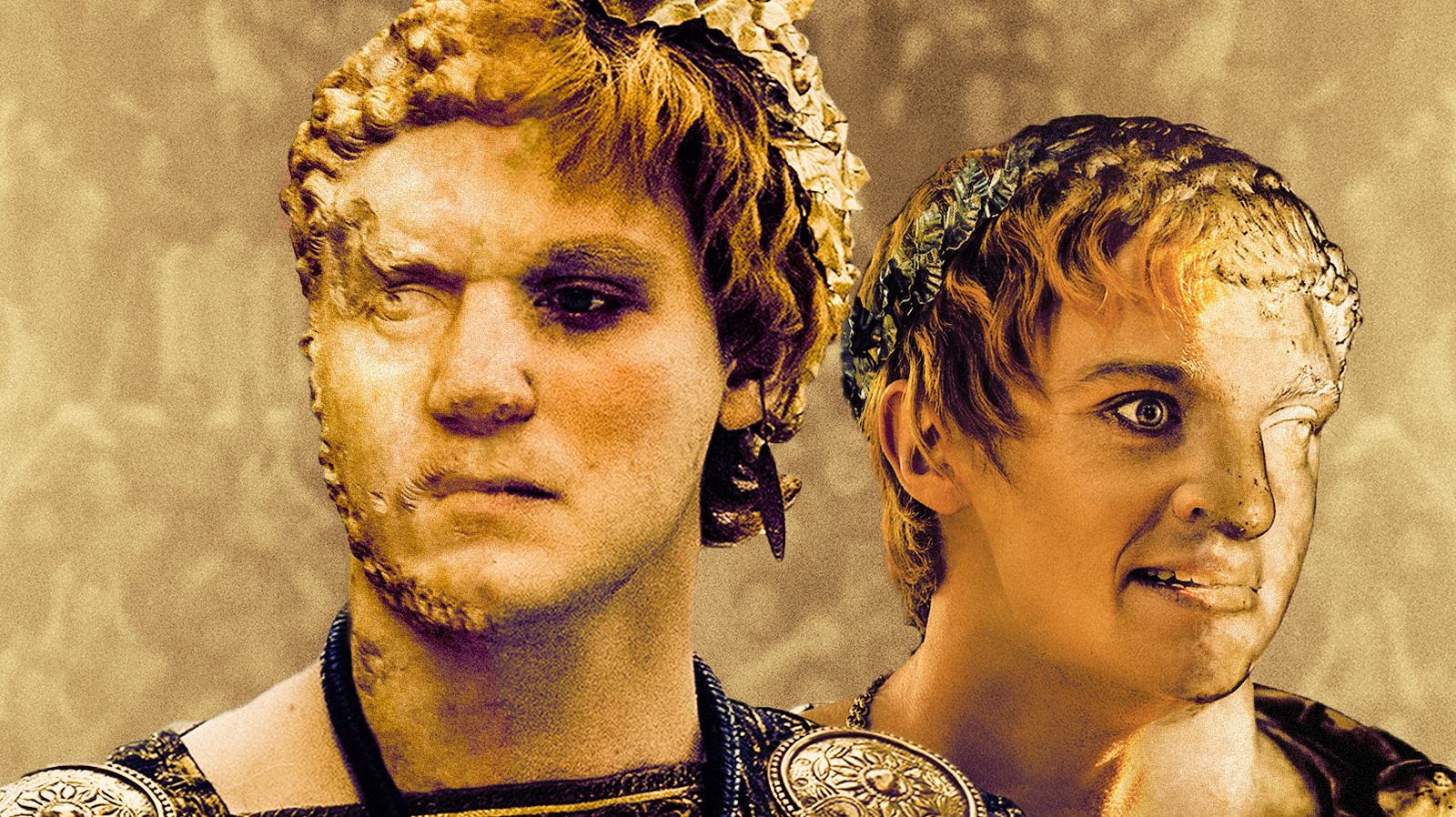Entertainment
Gladiator II’s New Emperors Have A Messy Real Life History – SlashFilm

Now that’s a complicated question, especially since Scott has come under fire for whitewashing in the past. When he was criticized over the mostly-white cast of “Exodus: Gods and Kings,” a movie set in North Africa and the Middle East, he responded with his usual diplomacy and tact by telling his critics to “get a life.” Scott defended his casting choices in more detail to Variety, arguing, “I can’t mount a film of this budget, where I have to rely on tax rebates in Spain, and say that my lead actor is Mohammad so-and-so from such-and-such.”
The ethnicity of Septimius Severus is itself a thorny topic within the Roman Empire fandom, not least because it’s a fandom with an unfortunate history of attracting white supremacists with a fetishized vision of Rome as the pinnacle of white western civilization. That faction typically attempts to hand-wave away Septimius (and a contemporary portrait that depicts him with deep brown skin) by insisting that he was just a white guy with a tan.
However, characterizations of Septimius Severus as a Black Roman emperor are also somewhat ahistorical. While Africa and Black identity are often treated as synonymous in modern society, the “Africa” of the Roman Empire was limited to a small portion of North Africa that today includes countries like Tunisia, Libya, and Algeria, and was formerly part of the Carthaginian Empire before Carthage was conquered by Rome. We can debate back and forth (and people certainly have) about how much melanin the ancient Carthaginians typically had in their skin, and how much of it would have filtered into Caracalla and Geta’s particular blend of Roman, Libyan, and Syrian genetics. But trying to transplant complex modern concepts of race onto Ancient Rome is like trying to stick a triangular block through a square hole.







:max_bytes(150000):strip_icc()/roundup-writereditor-loved-deals-tout-f5de51f85de145b2b1eb99cdb7b6cb84.jpg)


